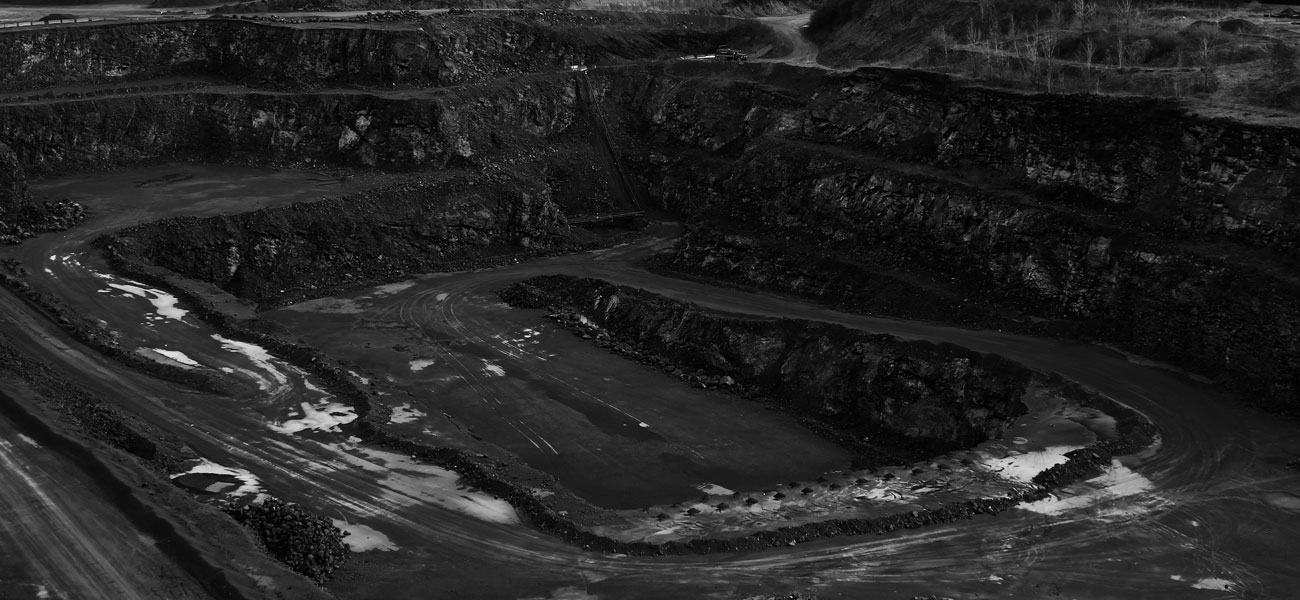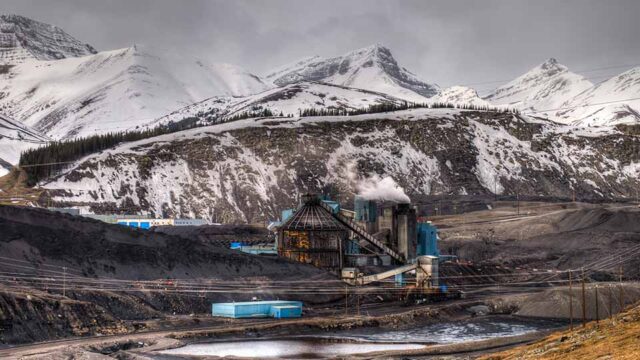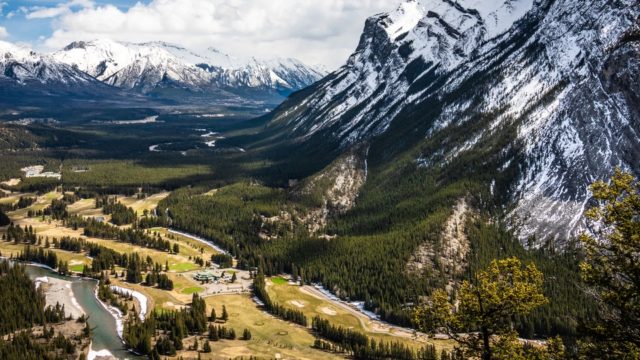This month, within the span of five days, the Minister of Environment and Climate Change, Jonathan Wilkinson, announced two new policies that are a step forward in addressing the impacts of coal in Canada.
On the ground, the environmental impacts of thermal and metallurgical coal — used for energy and steel production, respectively — are identical, and they have similar downstream climate impacts.
But just how far do these new federal policies get us with respect to blunting the threats thermal and metallurgical coal pose to people, the environment, and the climate? Let’s take a look.
Thermal coal companies put on notice
On June 11, Minister Wilkinson announced a new policy that effectively signals the end of new thermal coal mining in Canada.
The policy states the federal government’s position that “any new thermal coal mining projects, or expansion projects in Canada, are likely to cause unacceptable environmental effects.” This position will inform the federal government’s decision-making under the Impact Assessment Act, including how it uses its discretionary authority to designate projects for environmental assessment.
The minister also issued a formal notice to the proponent of the Vista Coal mine expansion, Coalspur, that he is of the opinion the expansion would have unacceptable effects on the environment that cannot be in the public interest. This is a clear signal that the expansion, which would make Vista the largest thermal coal mine in North America, will not receive the federal approval it needs to proceed.
Taken together, the minister’s actions send the message that coal companies wanting to build new mines or expand their operations must pass an impact assessment and demonstrate how a project’s benefits will outweigh its environmental harms.
In the context of the climate crisis, this will be an increasingly difficult bar to clear. In most instances, the climate math simply won’t work out.
The next step: Ban thermal coal exports
With its thermal coal policy, the federal government demonstrated bold leadership, taking the kind of concrete climate action Canadians deserve and expect.
This is not, however, the end of the road for thermal coal in Canada. While the federal government has brought in regulations to stop burning coal for electricity in Canada by 2030, we still export millions of tonnes of thermal coal every year — both coal from Canadian mines like Vista, and U.S. coal that is shipped from B.C.’s ports because of an export ban imposed by all three Pacific states.
Emissions from exported coal burned overseas still hurt our shared climate. Prime Minister Trudeau has said publicly: “The atmosphere doesn’t care where carbon is emitted. It requires us to take action all around the world.”
Accordingly, the federal government must now take the next and final step: Stop exporting Canadian and U.S. coal overseas. This will strengthen Canada’s leadership as co-chair of the Power Past Coal Alliance, and safeguard Canadians and our communities for generations to come.
Metallurgical coal policy: A missed opportunity
On June 16, Minister Wilkinson announced his intention to designate all new metallurgical coal mine projects in southwest Alberta for a federal impact assessment, recognizing concern about the impacts of selenium pollution on fish and fish habitat. The minister, however, declined a critical request for a regional assessment of the impacts of metallurgical coal mining exploration and development.
Whereas impact assessments are carried out to assess the consequences of individual projects, regional assessments provide more comprehensive analyses that in turn inform future impact assessment decisions.
The Niitsítapi Water Protectors — supported by the Blood Tribe/Kainai and Siksika First Nations and environmental groups in the region — requested a regional assessment because they are concerned about how the scale and pace of metallurgical coal mining activities affect their constitutionally-protected Aboriginal and Treaty rights.
A regional assessment would have looked at the cumulative impacts of metallurgical coal mining on Aboriginal and Treaty rights, species at risk, and the climate. By not ordering a regional assessment, Minister Wilkinson missed an important opportunity.
It’s a signal the federal government is not considering the cumulative impacts of mining, transporting and burning metallurgic coal with respect to Canada’s commitment to “power past coal” and curb climate change — a position that is curiously inconsistent with the government’s thermal coal policy.
Make these coal policies law
While the minister’s new coal policies are a step in the right direction, they are not legally-binding.
That is why Ecojustice and our clients urge the federal government to update the project list regulation under the Impact Assessment Act. This would require all new or expanded thermal and metallurgic coal mines to automatically undergo federal impact assessment rather than leave that decision in the hands of the sitting minister. The law and its regulations would stay in effect unless they were amended or repealed.
Thousands of Canadians joined Ecojustice and our clients in calling for an impact assessment of the Vista coal mine, and there has been a groundswell of opposition in Alberta to the expansion of metallurgical coal mining in the Rockies’ eastern slopes. This is a testament to the desire for proper environmental oversight of thermal and metallurgical coal mining at both a provincial and federal level.
Updating the project list would provide clarity and certainty to proponents about what to expect during the regulatory process and help mitigate legal challenges, such as the judicial review brought by Coalspur. Coalspur is taking the federal government to court over the minister’s decision to designate the Vista coal mine for impact assessment.
By formalizing these newly announced policies in law, under the Impact Assessment Act’s project list regulation, the government can further demonstrate leadership in addressing the intersecting climate, biodiversity, pollution and Indigenous rights crises.
Thousands of Canadians fought hard to improve and secure the passage of the Impact Assessment Act. Now the federal government must use this legislative tool to its full potential and stop coal companies from carving up mountains, polluting the air and water, and making the climate emergency even worse by mining, burning, and exporting coal overseas.
This article was originally published by The Lawyer’s Daily (thelawyersdaily.ca) a division of LexisNexis Canada.






